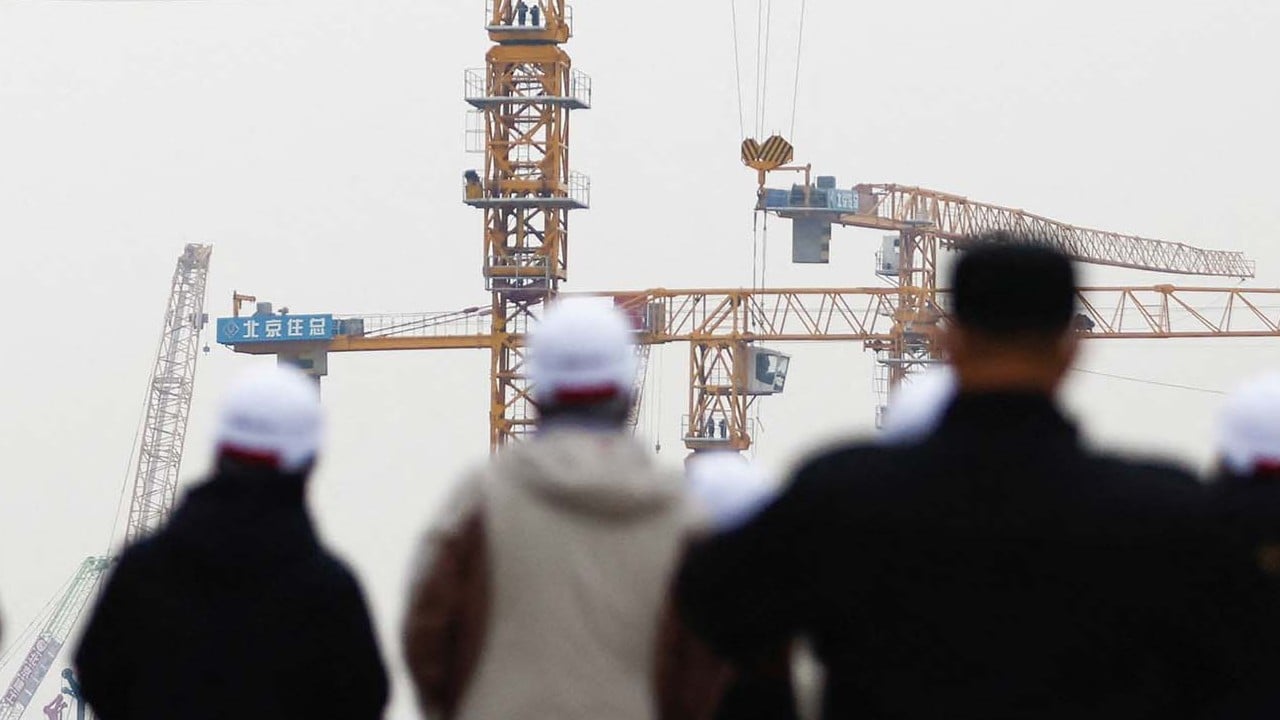
China’s economic recovery expected to drive rising demand for power
- China Electricity Council forecasts growth but warns of uncertainties in consumption and supply, including extreme weather
- Power crunches are likely to continue to occur in some areas at peak periods, as supply-demand balance remains tight
Electricity consumption in China is set to rise by 6 per cent this year, according to a power trade association which is also predicting the country’s swift economic return after its reopening from Covid-19 restrictions.
“In 2023, China’s economic operation as a whole is expected to recover, driving the growth rate of electricity consumption higher than in 2022,” the China Electricity Council said in a report last week.
“Under normal weather conditions, it is estimated that electricity consumption in 2023 will be 9.15 trillion kilowatt-hours, an increase of about 6 per cent compared with 2022.”
In terms of power supply, there are uncertainties in precipitation, wind and solar resources, and fuel supply
Electricity consumption in China grew by 3.6 per cent in 2022 to 8.6 trillion kilowatt-hour compared to a year earlier, while power supply increased 7.8 per cent to 2.56 billion kilowatts compared to 2021.
The council said uncertainties exist in both supply and demand.
“In terms of power supply, there are uncertainties in precipitation, wind and solar resources, and fuel supply,” it said.
“At the same time, the continuous losses of coal power companies have led to insufficient investment in technical renovation and maintenance, which has brought about rising equipment risks and underlying dangers, all of which have increased the uncertainty of power production and supply.”
Economic growth, foreign trade and exports, as well as extreme weather will add to the uncertainty in electricity consumption and demand, the report said.
However, Chinese officials, including Vice-Premier Liu He, have voiced confidence in the country’s economic recovery this year. At last week’s World Economic Forum in Davos, Liu said China’s growth will most likely return to normal trend in 2023.
Power crunches have been a feature of the past few years and these are expected to continue in certain areas during peak periods, as the supply-demand balance remains tight.
Last August, heatwaves in southwest China led to an ongoing power crisis in Sichuan province where continuous high temperatures severely hampered hydropower capacity, a main source of the region’s electricity.
The complementary advantages of coal power and new energy power generation should be played out while the planning of wind power, solar power and other new energy power generation should be strengthened
A nationwide power crisis in October 2021 also threw the country into chaos, disrupting manufacturing and consumer activities as well as daily lives.
To ensure electricity supplies this year, the council said the industry should continue ramping up generation capacity while lowering costs and speeding up investments and construction of power grids.
“[The industry should] continue to optimise the power supply structure, diversify the energy supplies,” the report said.
“The complementary advantages of coal power and new energy power generation should be played out while the planning of wind power, solar power and other new energy power generation should be strengthened.”


